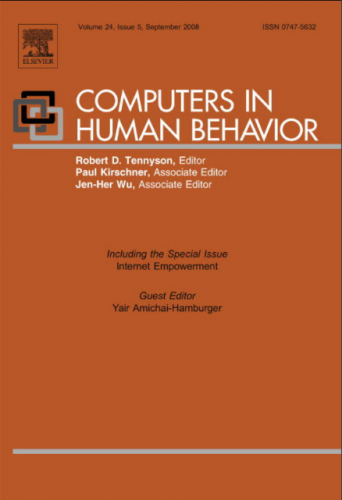Who is likely to view materials online maligning groups based on race, nationality, ethnicity, sexual orientation, gender, political views, immigration status, or religion? We use an online survey (N = 1034) of youth and young adults recruited from a demographically balanced sample of Americans to address this question. By studying demographic characteristics and online habits of individuals who are exposed to online extremist groups and their messaging, this study serves as a precursor to a larger research endeavor examining the online contexts of extremism.
Descriptive results indicate that a sizable majority of respondents were exposed to negative materials online. The materials were most commonly used to stereotype groups. Nearly half of negative material centered on race or ethnicity, and respondents were likely to encounter such material on social media sites. Regression results demonstrate African-Americans and foreign-born respondents were significantly less likely to be exposed to negative material online, as are younger respondents. Additionally, individuals expressing greater levels of trust in the federal government report significantly less exposure to such materials. Higher levels of education result in increased exposure to negative materials, as does a proclivity towards risk-taking.
